Central Dalmatia

Dubrovnik at Croatia’s southernmost point holds more international name recognition. But Central Dalmatia, which includes the city of Split, the resort island of Hvar, and several underdeveloped islands, flies under the radar. A ritzy and historic paradise where luxury resorts neighbour ancient Roman and Venetian buildings, the region still manages to offer its splendors at moderate prices. As you tour Diocletian’s Palace, you’ll wonder: where is yours? And you’ll be able to carve out a small plot of sand (or a small island if you’re lucky), to declare your own kingdom on the beautiful beaches of Central Dalmatia.
Central Dalmatia is the most action-packed, sight-rich and diverse part of Croatia, with pretty islands, quiet ports, rugged mountains, dozens of castles and an emerging culinary scene, as well as Split’s Diocletian’s Palace and medieval Trogir (both Unesco World Heritage sites).
Roman ruins, a buzzing Mediterranean-flavoured city and chic dining, wining and partying on the most glamorous isle in the Adriatic, Hvar Island, all vie for visitors’ attention. Let’s not forget the slender and seductive sand beaches, secluded pebble coves on islands near and far, and gorgeous nudie hideaways. Whatever your beat, this part of Croatia, with the rugged 1500m-high Dinaric Range providing a dramatic background to the coastline, will grip even the pickiest of visitors.
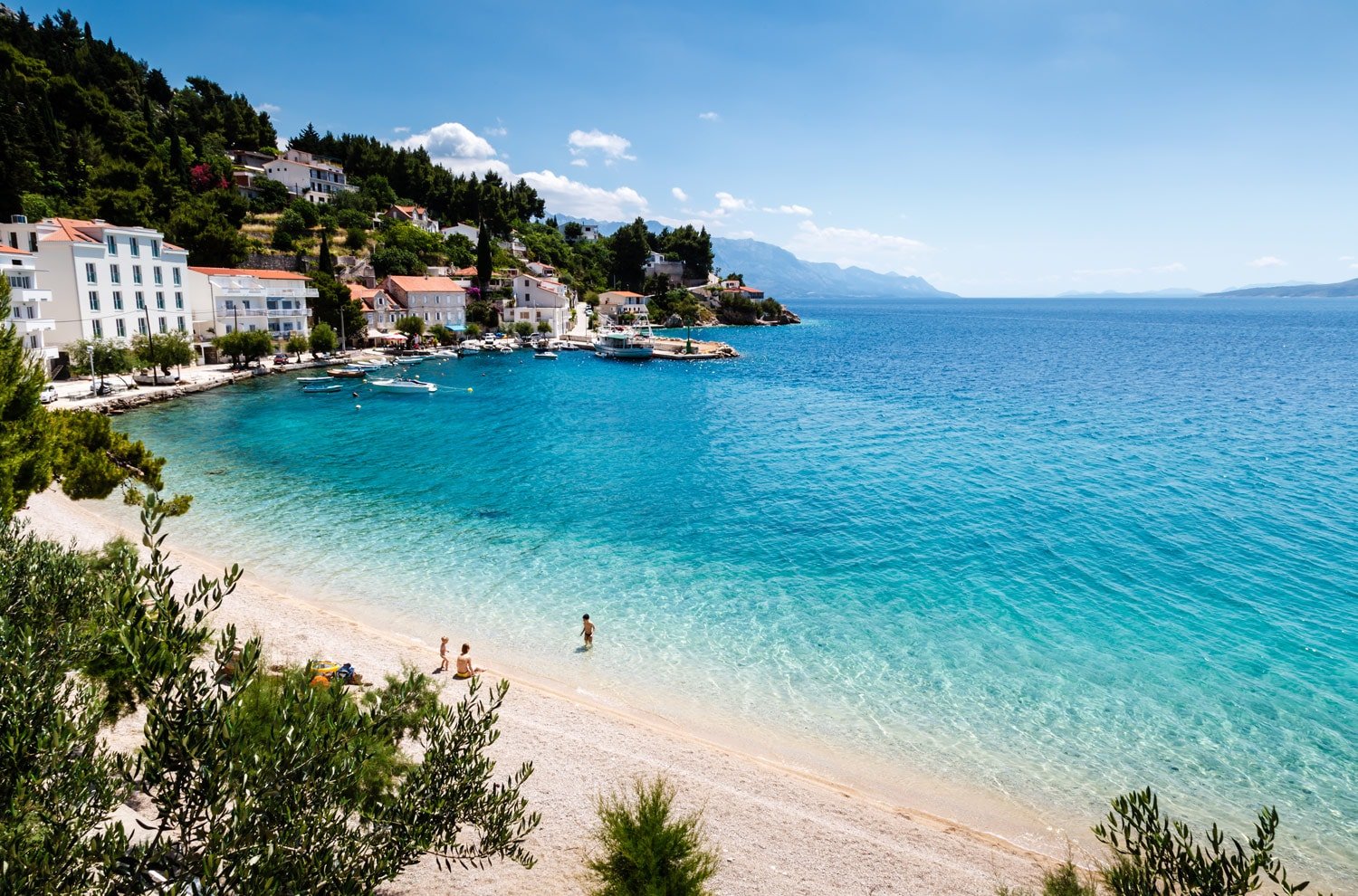
It is easy to spend a month, never mind a week, here, exploring its intriguing historical towns and cities, and relaxing on its many rugged islands such as Hvar and Vis, with their pristine beaches and warm breezes scented with wild lavender and rosemary. Its main city is Split, whose inhabitants have a reputation for being cosmopolitan, hedonistic and chic.
The region has also been discovered by the extremely wealthy international yachting community and you will see plenty of multimillion dollar yachts in the marinas. Indeed, sailing is a great way to explore the islands and coast; the marinas are well-equipped and there are far fewer boats than in the Greek islands. Add the first-rate seafood, the relaxed pace of life, the openness of the local people and the quality of the scuba diving and Central Dalmatia is hard to beat as a summer holiday destination.
Getting Oriented
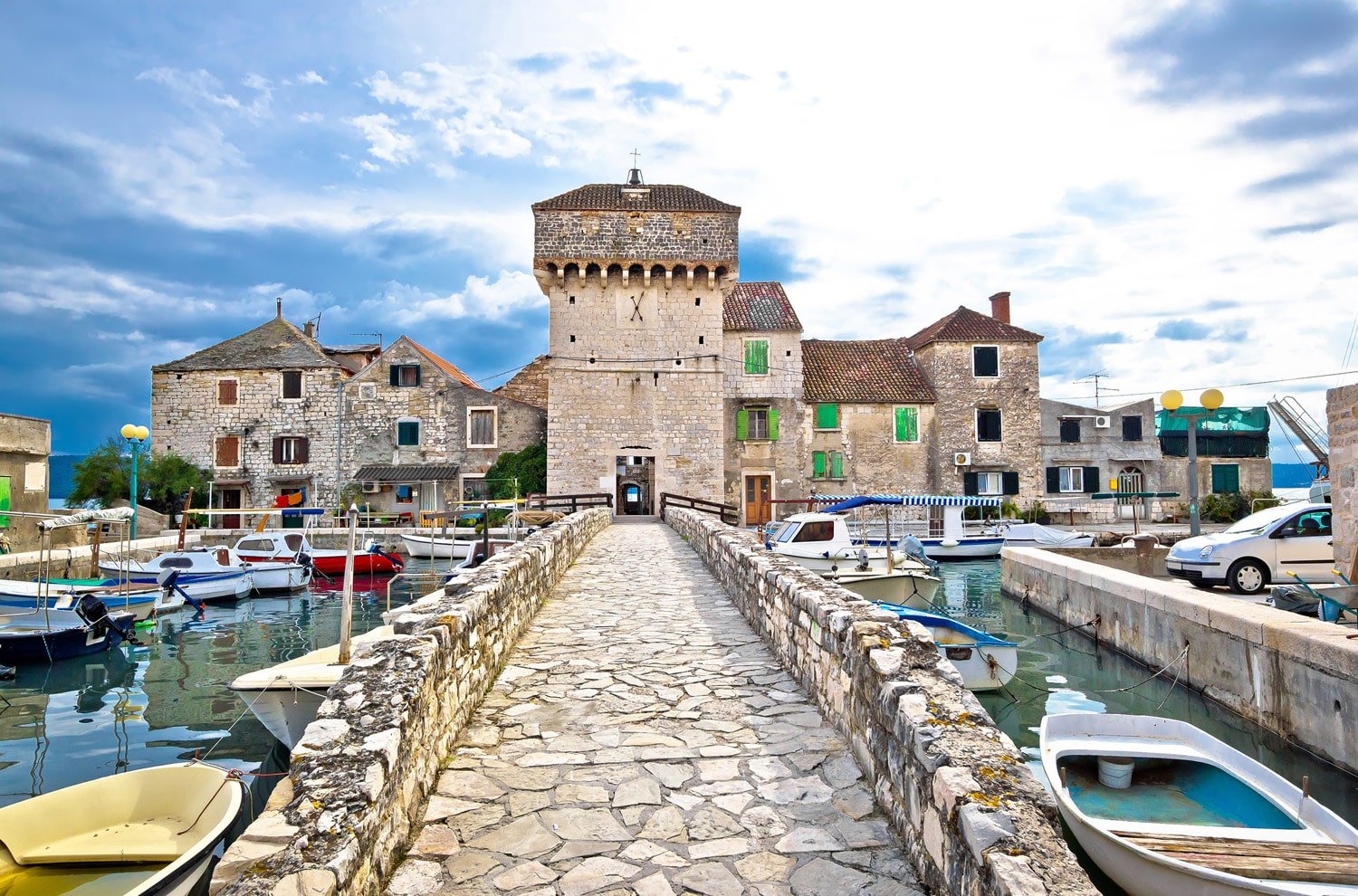
Split is the main jumping-off point for exploring all of Dalmatia, not just Central Dalmatia. From there it is easy to catch a bus, boat, train, or rental car in any direction to see everything Dalmatia offers, on and off the beaten path. In each direction of Split, there are many nearby places worth exploring. Directly south of Split are the islands of Brač and Šolta, both easily accessed by ferry in less than one hour. Northeast of Split is Omiš and the Cetina river valley, and directly west across the bay from the Split port is the ancient walled city of Trogir, which can be reached in 20 minutes by taxi boat. To the north of Split and a 30-minute drive are the Klis fortress and the Vranjaca cave, which offers spectacular views over Split and are often overlooked by tourists.
Southwest toward Dubrovnik is the Makarska Riviera with its plethora of hidden coved beaches that can be reached in about 45 minutes by car from Split. In the opposite direction of Makarska, along the main coastal highway, there is Krka National park, about a two-hour drive from Split but also accessible by boat via the Skradin bay. Međugorje, which is across the border in Bosnia and Herzegovina, is less than a two-hour drive from Split and is also a short distance from Mostar.
When to go
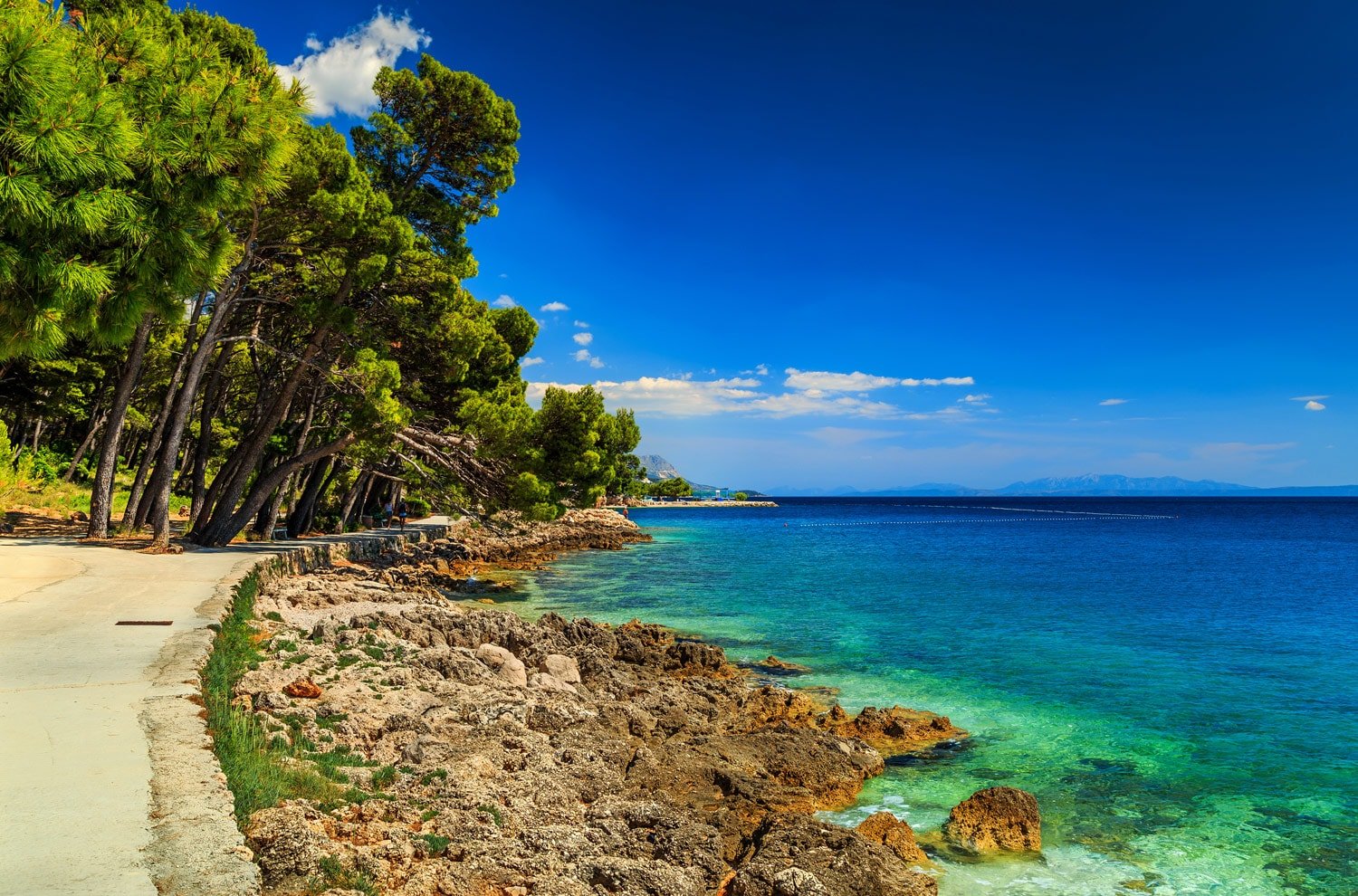
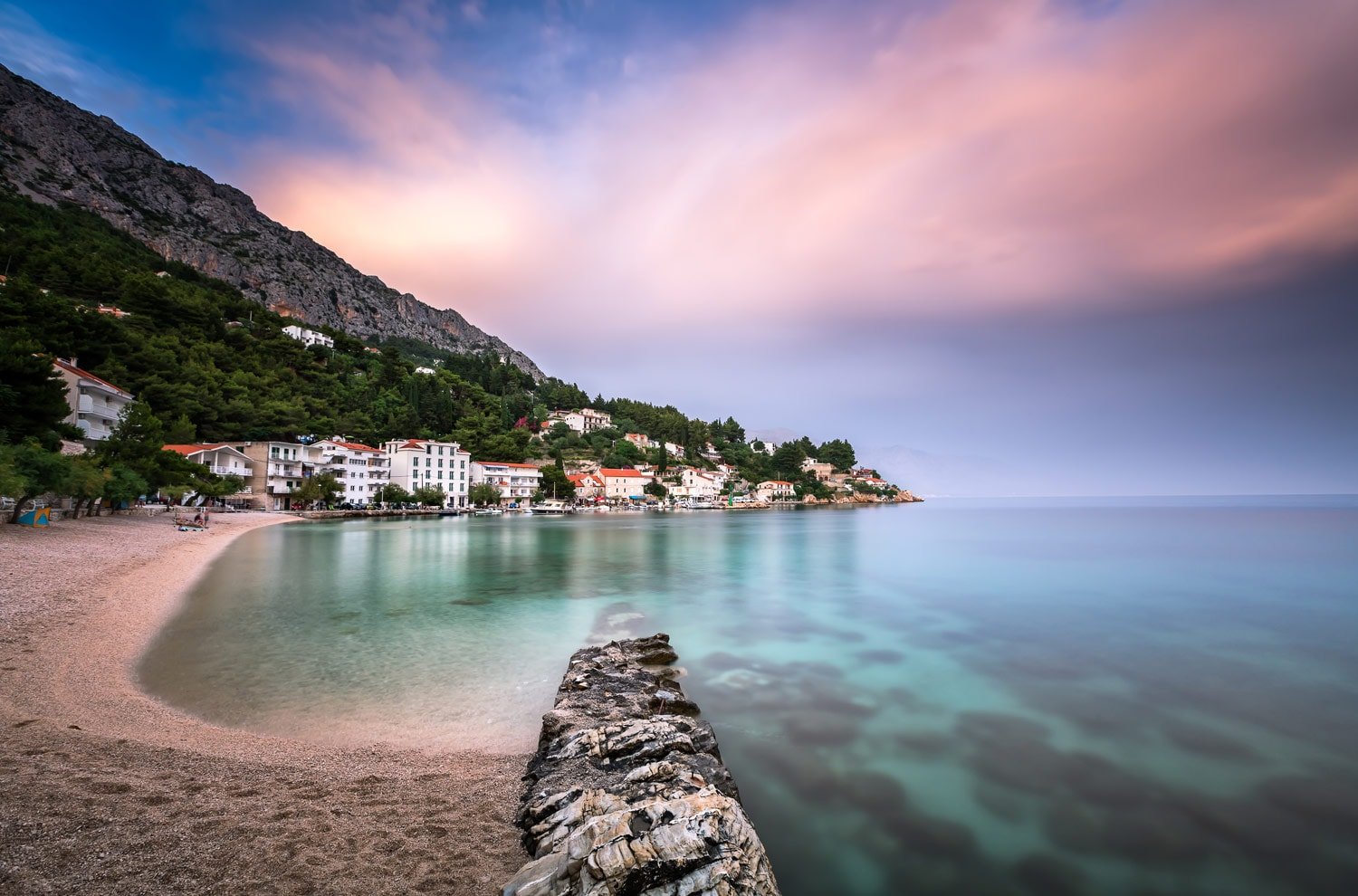
How to Reach Central Dalmatia
By Air
Split is served by Split Airport (SPU) at Kaštela, 25 km (16 miles) northwest of the city center. The island of Brač is served by Brač Airport at Veško Polje, 14 km (9 miles) northeast of Bol.
You can take an airport bus to obala Lazereta, near the Split Bus Station. For your return, the airport bus leaves Split 90 minutes before each flight. A one-way ticket costs 30 Kn, and the travel time is 40 minutes.
During Summer, there are many flights directly to the island of Brač.
Brač airport is not served by bus but taxis are available.
Train Travel
There are three day trains and two night trains (with sleeping cars) daily between Split and Zagreb (journey time 5½ hours daytime; 8½ hours night time). In addition, there are three day trains daily between Split and Šibenik (journey time approximately 3½ hours, with a change at Perković).
Boat and Ferry Travel
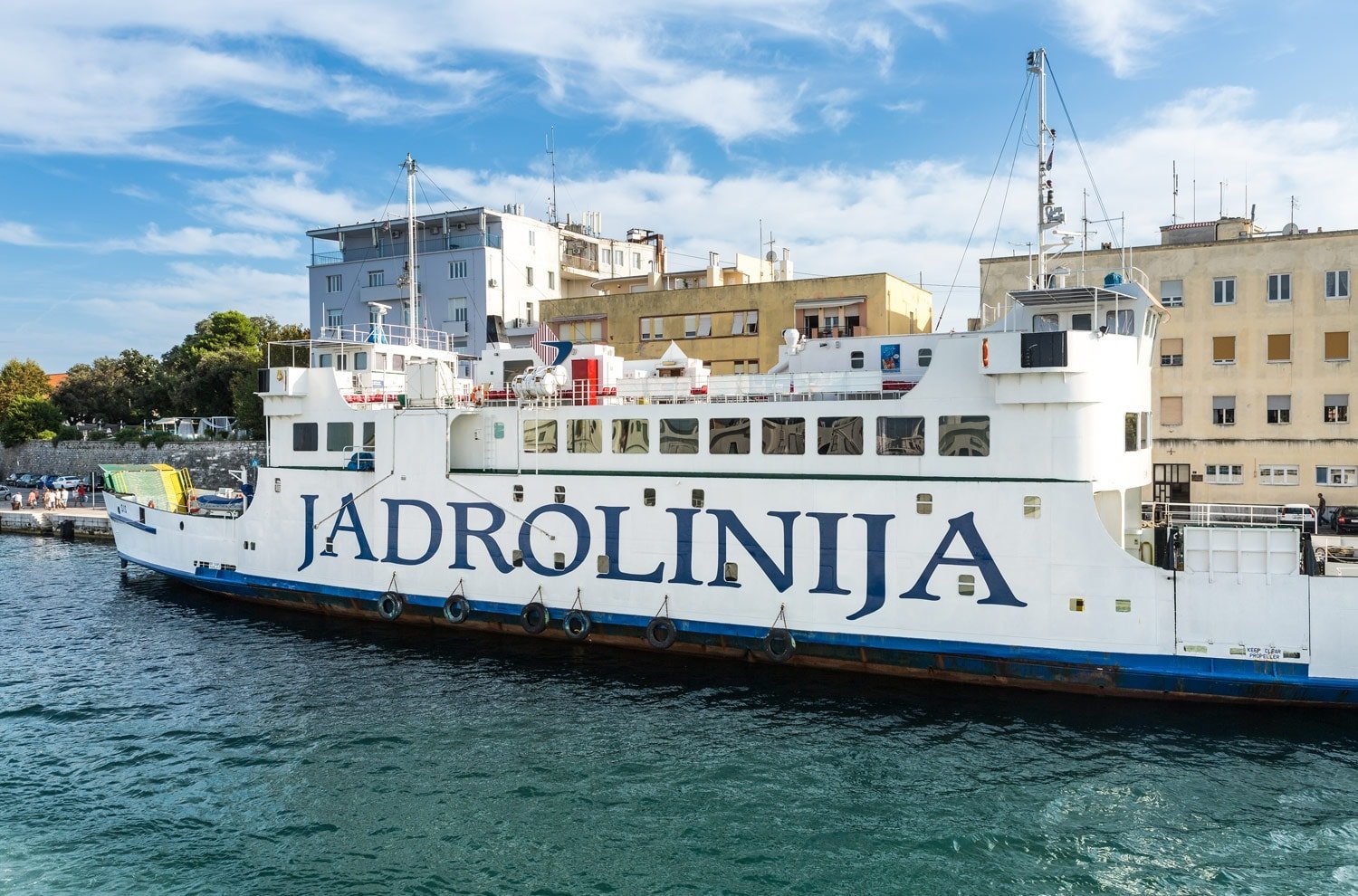
From June to September the Italian company SNAV runs Croazia Jet, a daily catamaran service between Ancona (Italy) and Split, departing at 5 pm from Split and arriving in Ancona at 9:30 pm. The same vessel departs at 11 am from Ancona to arrive in Split at 3:30 pm. The journey time is 4½ hours in either direction. The same company runs Pescara Jet, a daily catamaran service between Pescara (Italy) and Split, stopping at Stari Grad (island of Hvar) en route. The vessel departs at 5 pm from Split and arrives in Pescara at 11 pm, then leaves Pescara the following morning at 10:30, arriving in Split at 4:15 pm. On Saturday only, a corresponding catamaran connects from Stari Grad (Hvar) to Bol (Brač). Jadrolinija operates coastal ferries that run from Rijeka to Dubrovnik. Ferries depart from Rijeka twice a week in the evening, and arrive in Split in the early morning on the following day (journey time is approximately 10 hours) and then continue down the coast to Dubrovnik (journey time is approximately 9 hours), stopping at Stari Grad (island of Hvar) and Korčula en route. From Dubrovnik, they then cover an overnight stretch to Bari in Italy. Jadrolinija runs daily ferries to Supetar (island of Brač), Stari Grad (island of Hvar), and Vis from Split. Jadrolinija runs a daily catamaran from Split to Hvar Town (island of Hvar), which then continues to Vela Luka (island of Korčula) and Ubli (island of Lastovo). A separate service runs to Bol (island of Brač) and then continues to Jelsa (island of Hvar). It is now possible to book most boat and ferry travel online, sometimes at a reduced price. It is highly recommended to purchase online in advance whenever possible, especially during high season when waiting until the last minute could often mean waiting an extra day.
Bus Travel
International buses arrive daily from Trieste, Ljubljana, Belgrade, Sarajevo, Munich, and Stuttgart. There are buses once a week from Vienna, and London via Paris.
There are good bus connections to destinations all over Croatia. There are approximately 30 buses per day to Zagreb, 12 to Dubrovnik (in Southern Dalmatia), 14 to Zadar (in Northern Dalmatia), and 12 to Rijeka (in Kvarner). Buses traveling south to Dubrovnik stop at Makarska en route, while those going north to Zadar stop at Šibenik. In addition, regular local buses run every 30 minutes up the coast to Trogir and down the coast to Omiš. Timetable information is available from the Split Bus Station, or from their website.
Places to see
Split

The second-largest city in Croatia, Split (Spalato in Italian) is a great place to see Dalmatian life as it’s really lived. Always buzzing, this exuberant city has just the right balance of tradition and modernity. Split’s ancient core is so spectacular and unusual that a visit is more than worth your time. The heart of the city lies within the walls of Roman emperor Diocletian’s retirement palace, which was built in the 3rd century AD. Diocletian, born in the nearby Roman settlement of Salona in AD 245, achieved a brilliant career as a soldier and became emperor at the age of 40. In 295 he ordered this vast palace to be built in his native Dalmatia, and when it was completed he stepped down from the throne and retired to his beloved homeland. Upon his death, he was laid to rest in an octagonal mausoleum, around which Split’s magnificent cathedral was built.

The palace has become a World Heritage site, recognised by UNESCO. This is such a marvellous piece of work and the happenings in the premises of it are something to be marvelled at. There are numerous bars, restaurants, shops and commercial establishments set up all in one place, within the historic walls of the palace. And most importantly, a balance of modernism and ancient life have been preserved in this area.
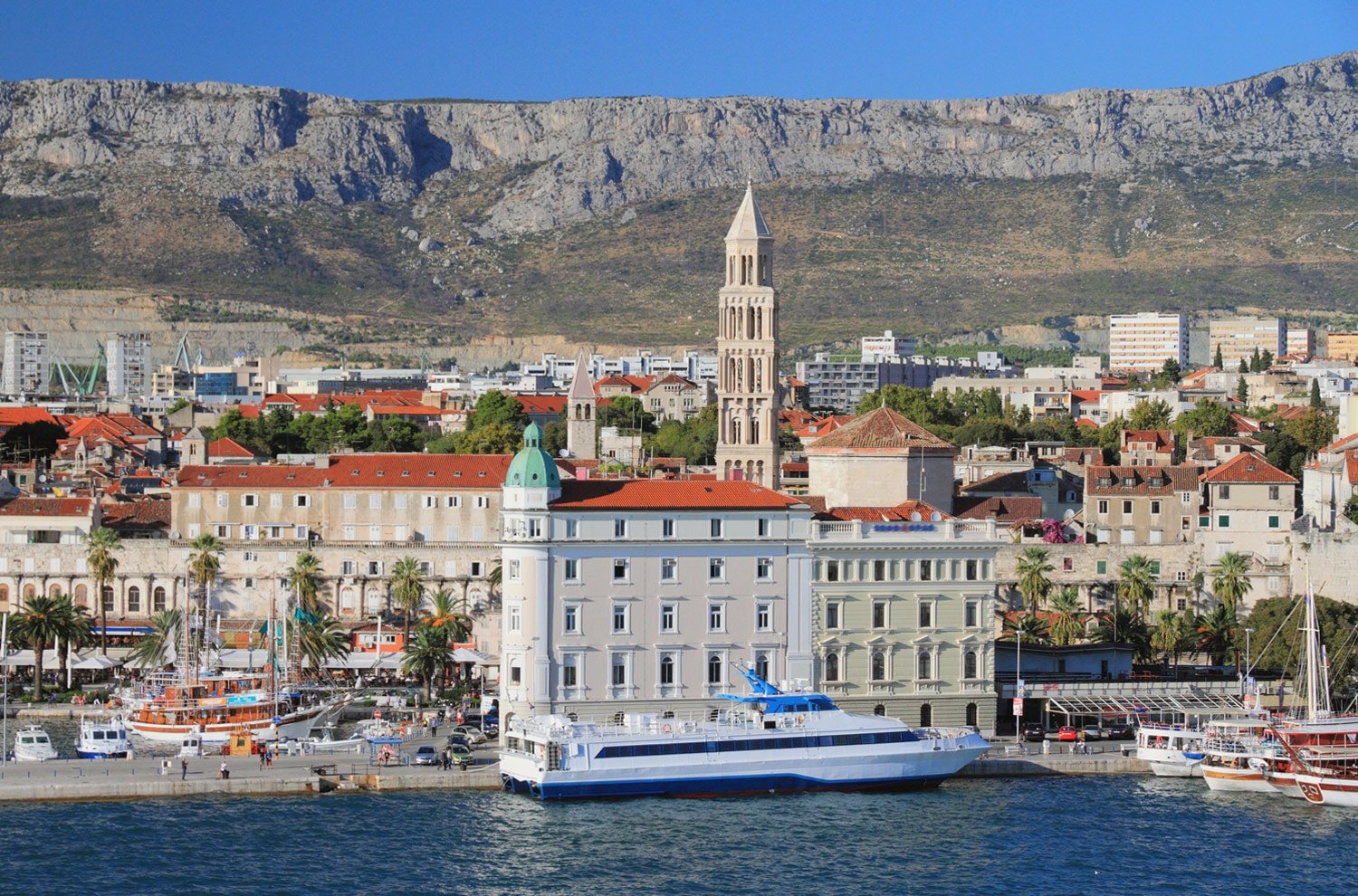
The pristine turquoise blue waters bring in a zippy and pleasant setting to the town of Split. It is no wonder a jewel in the Adriatic when you get opportunities to laze in the glorious representation of scenic beauty during your ferry shuttles up and down.
It was just some years ago when Split became more than just a transit or a stopover to destinations near and around. Subsequently, due to its continuous developments, it wrestles itself in par in trendiness with the other chic towns in the vicinity. The old Riva (seafront) has been dappered and the city was washed with a marble floor, completely, overlooking all the grumbles and squawks of the locals. The city looks much painted with zest and in-vogue.
Things to do
Diocletian’s Palace
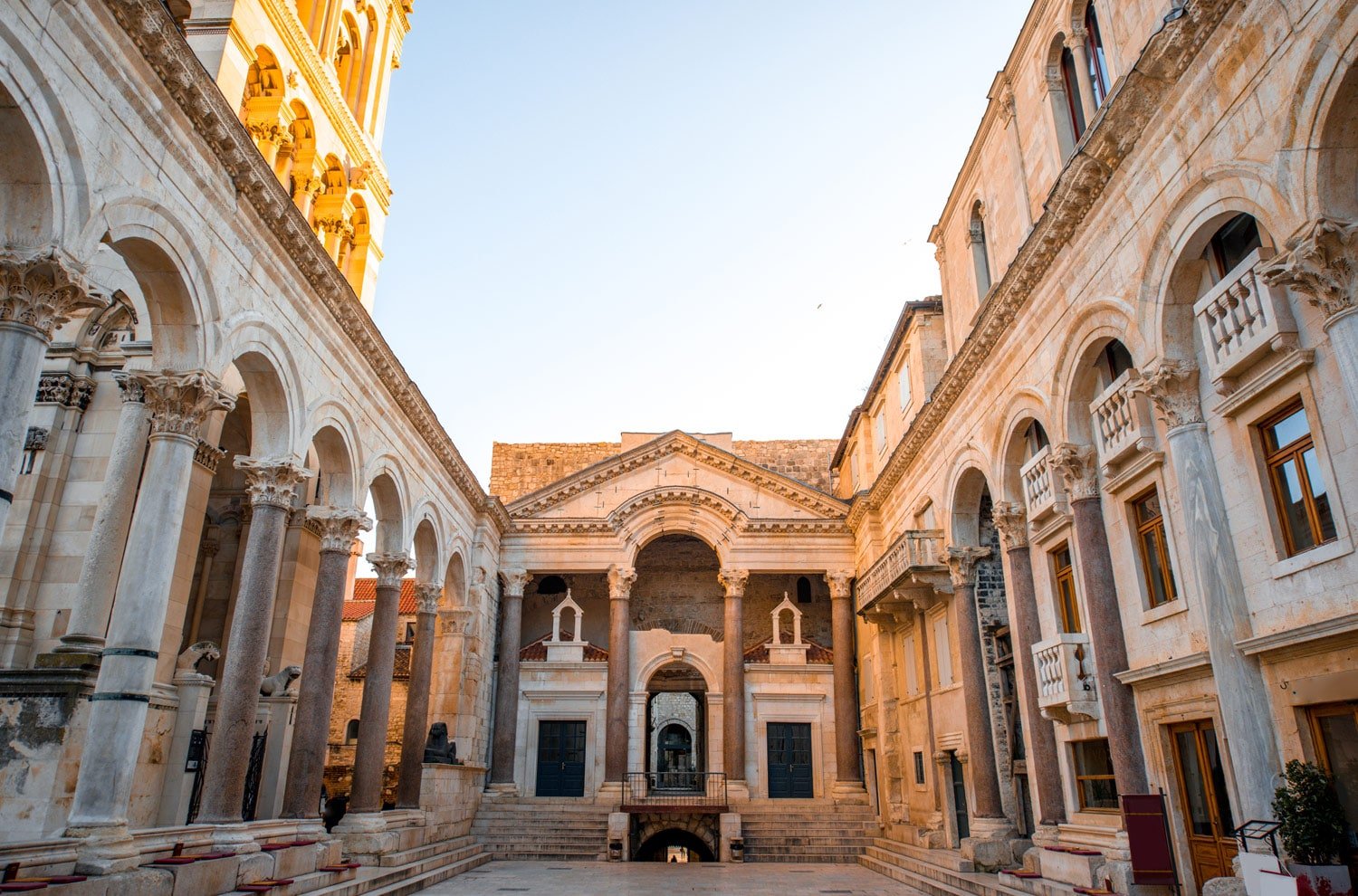
If you have been picturing Diocletian’s Palace as a royal remnant of the imperial past, you will be taken by surprise at the total contrast the palace offers a visitor. In lieu of a regal structure, will you find relics of the past, with the fortress representing imperial occupation of yore. The area of the palace is 31,000 sq.meters, with the measurements ranging from 215 m left to the right and 181 m wide.
Inspite of the commemoration of the 1700 years of existence in 2005, the city of Split still celebrates Diocletian’s Night every last Friday of July. A very good gesture indeed to encourage visits to the Roman heritage.

An expert guide is the best bet for your walking tours around the palace. Sip your morning cuppa as you tread the palace early in the morning when you are comfortable with yourself with the quietude enveloping the palace. With the current population in the palace crossing a 1000 people, it becomes a herculean task to bring back the original cache of the imperial.
Cathedral and Bell Tower of St. Domnius
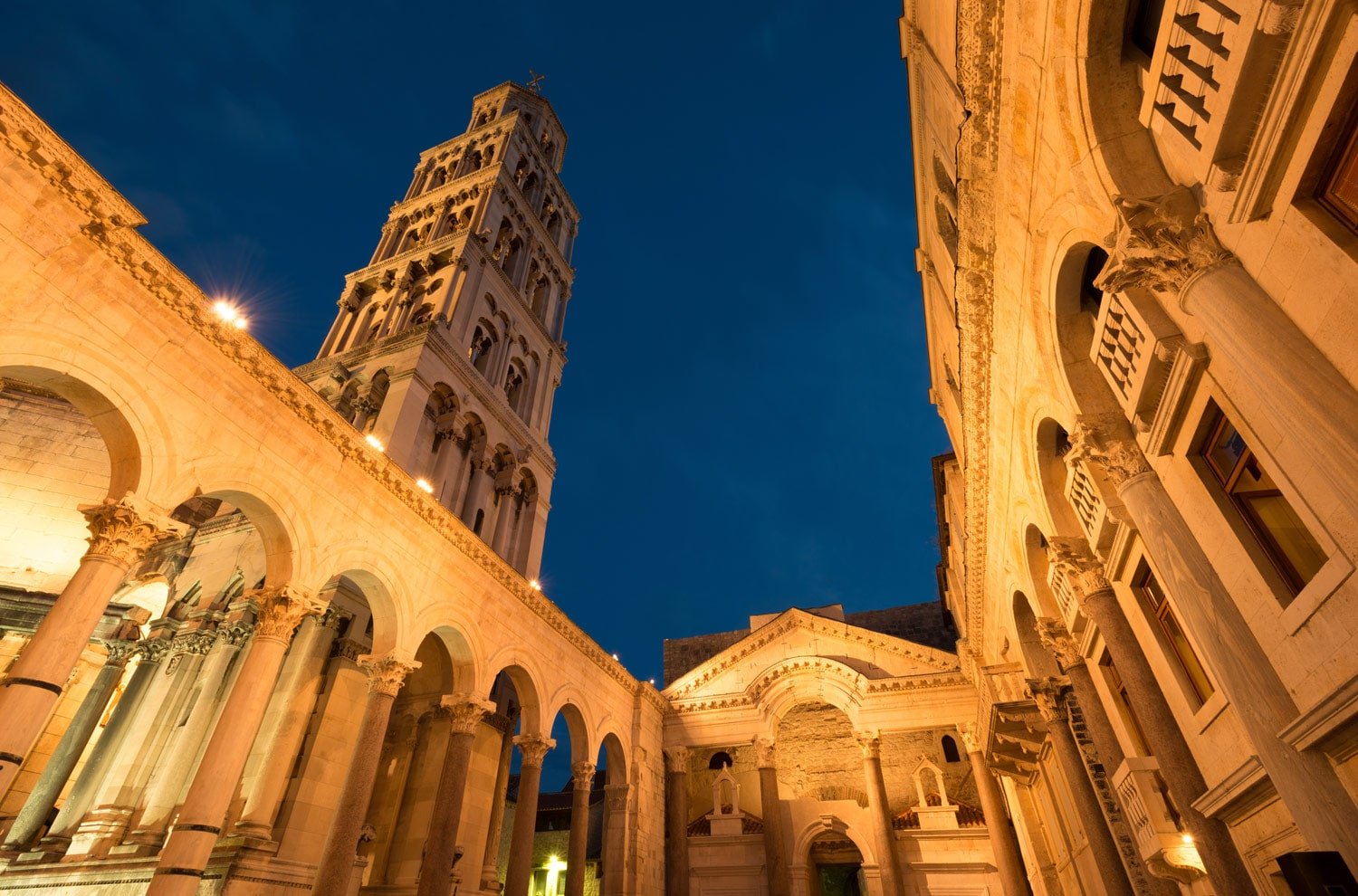
The Cathedral and Bell Tower of St. Domnius are thrown open to visitors every day from 8 am to 7 pm in summer, while there is a small break between 12 noon and 4:30 pm, on the other days. Entry is free and you pay 10 HRK (US$2) for the depository within the church. Get closer to the Bell Tower for 10 HRK (US$2), or be contented to view it from the city of Split, anywhere. A quick direction to Peristil, the central square of Diocletian’s Palace takes you to the Tower.
Mestrovic Gallery
A very short taxi ride takes you to the museum from the Diocletian’s Palace. Bus numbers 7, 8 and 12 go through the city center of Split. Expect an admission fee of 30 HRK (US$5.75). Children have discounted rates. The Meštrovic Gallery is open to public from Tuesdays to Sundays from 9 am to 7 pm during summer and for a reduced duration the rest of the year.
Hvar Island
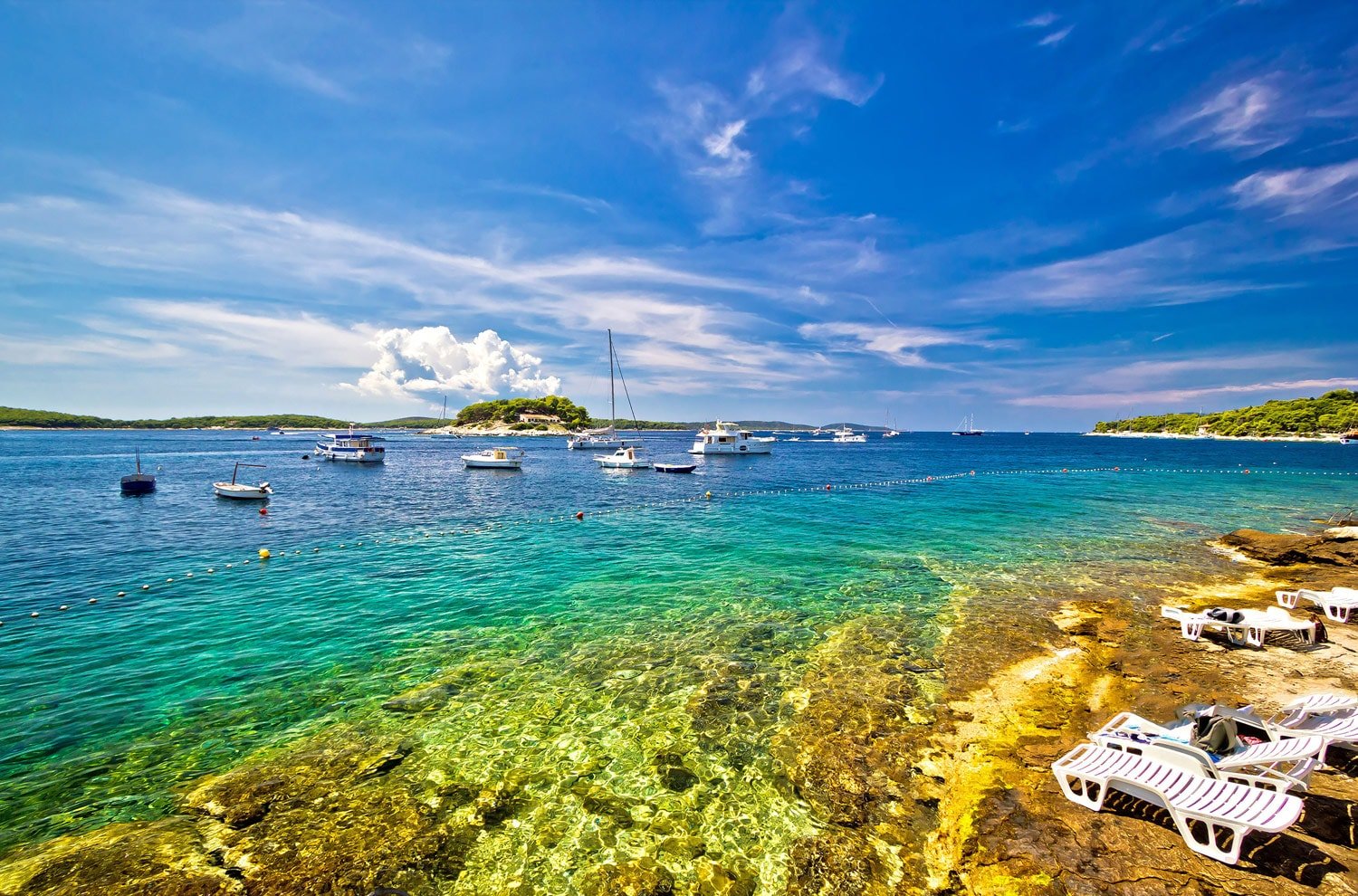
Lilac lavender fields send scents of fragrance to seduce you in Hvar, along with other aroma herbs like rosemary and heather. Luxurious hotels catering to pricey customers use products made of real herbs and fragrances.
Get into the interiors to have a glimpse of the abandoned villages, the beautiful hideous landscapes of Hvar. They get you some unedited, unabridged moments of the rustic and little known coves of Hvar. It takes just about a day to cover the southern tip of the island.
The most sparkling island, Hvar has been the most sunny of all the islands in the Adriatic, with 2724 hours of sunshine and two foggy days in a year. There is plenty of water spots up for consideration for the visitors, with no disturbance to fret their spirits. You are sure be refunded if it is one of those two foggy days of the year.
Things to see
Hvar Town
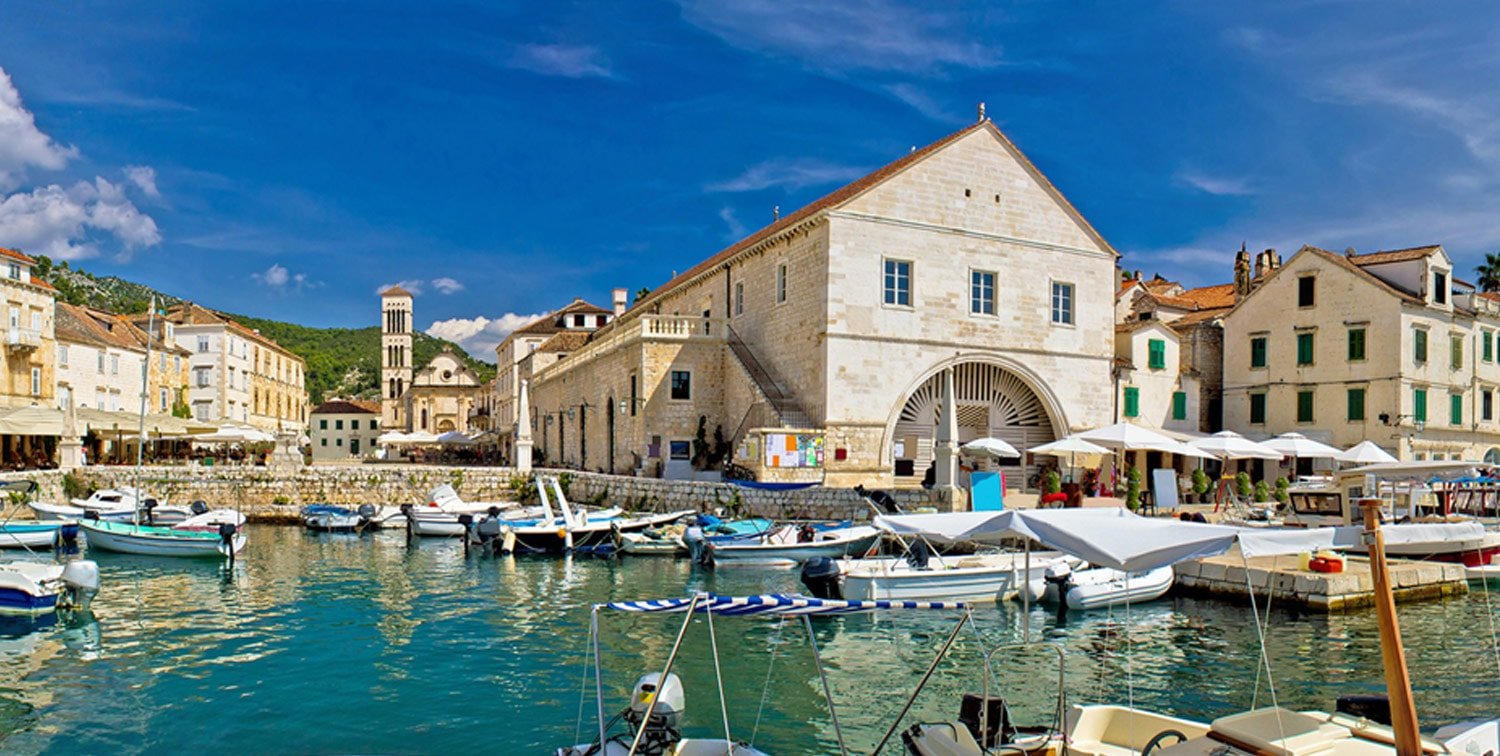
Day or night, the place to see and been seen in Central Dalmatia is Hvar Town. Fashionable shops and quaint bistros inhabit the centuries-old buildings, and, in its summer prime, the citizens and travelers spill outside into the squares and narrow avenues. The small island city is centered around Trg Svetog Stjepana, the main square originally built in the 1500s. On the southern side you’ll find the spectacular Arsenal building (be sure to snap a few stunning photos). On a different side of the square, you’ll find the Cathedral of St. Stjepan, whose bell tower rises high above the city. Also, don’t miss the Venetian loggia, an elegant building with a beautiful arcade and clock tower in front of the Hotel Palace. Aside from these sights, you’ll find plenty to photograph and to do in this picturesque town during the day.
At night, Hvar Town transforms into a hip bar destination. Carpe Diem, a beachside bar and nightclub, stands out as the most famous Hvarian watering hole; it’s also the place to rendezvous with the rich and famous. The night-time crowds are very chic, so be sure to dress to impress.
Stari Grad
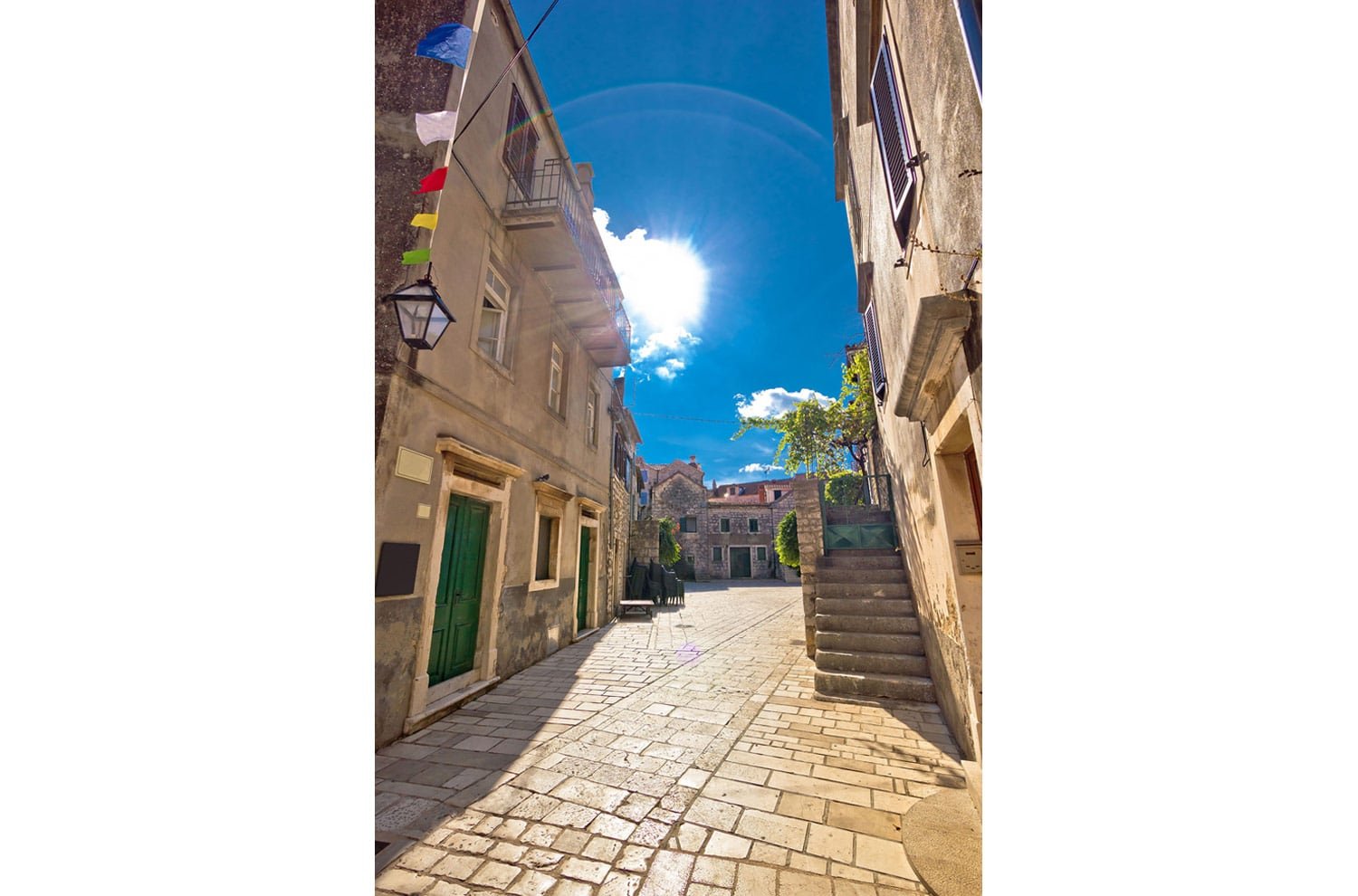
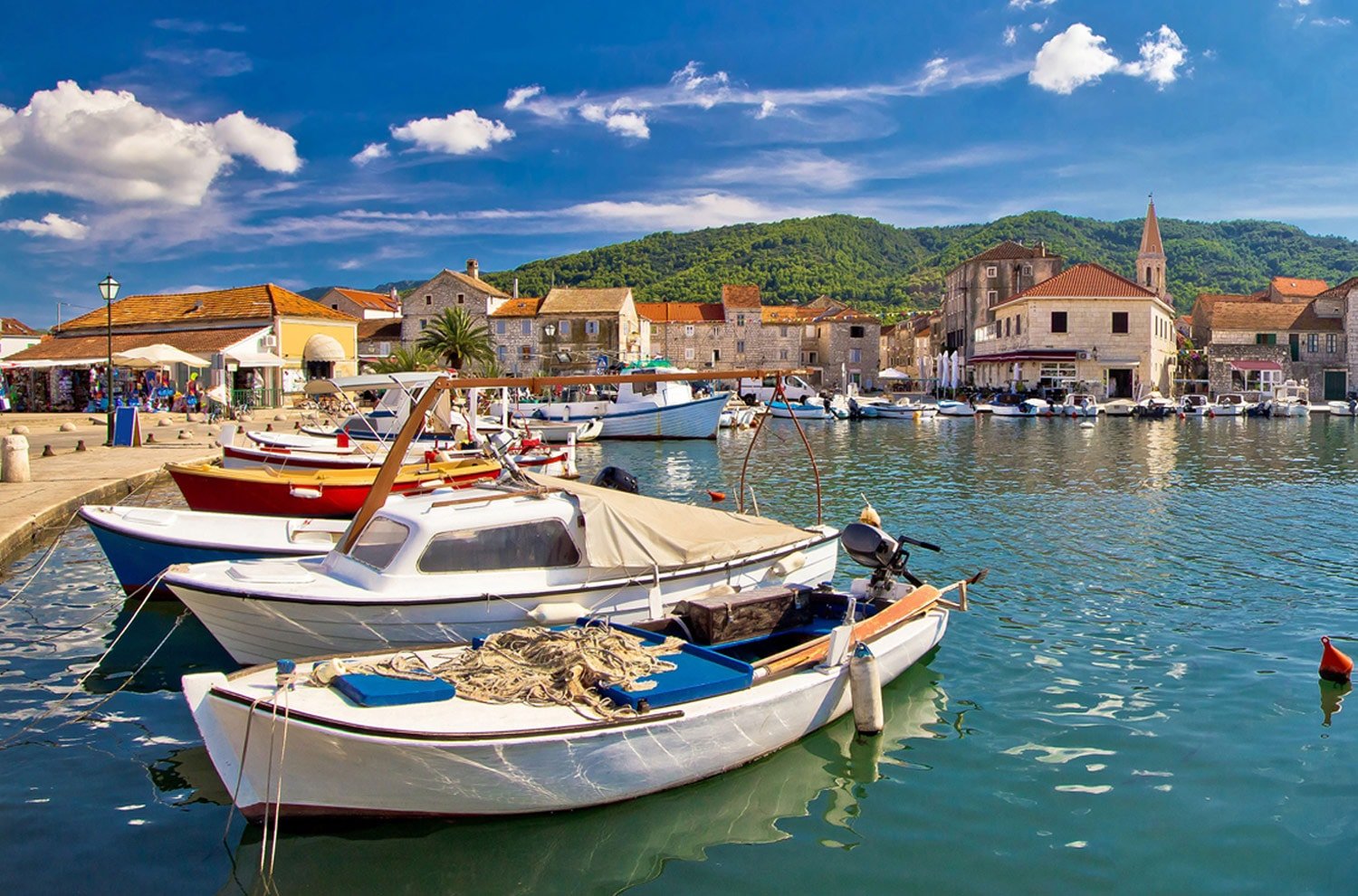
Pakleni Islands
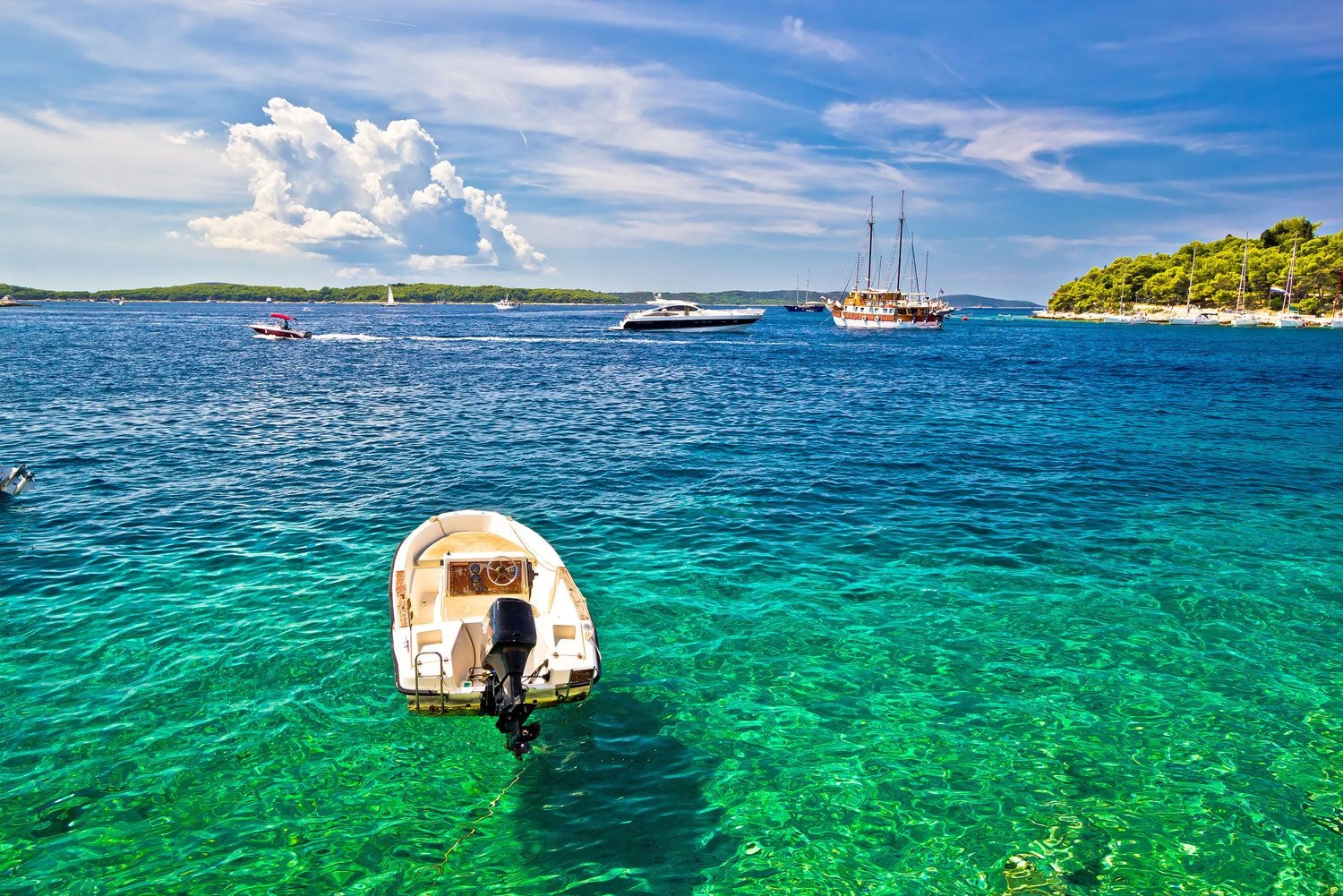
Jelsa
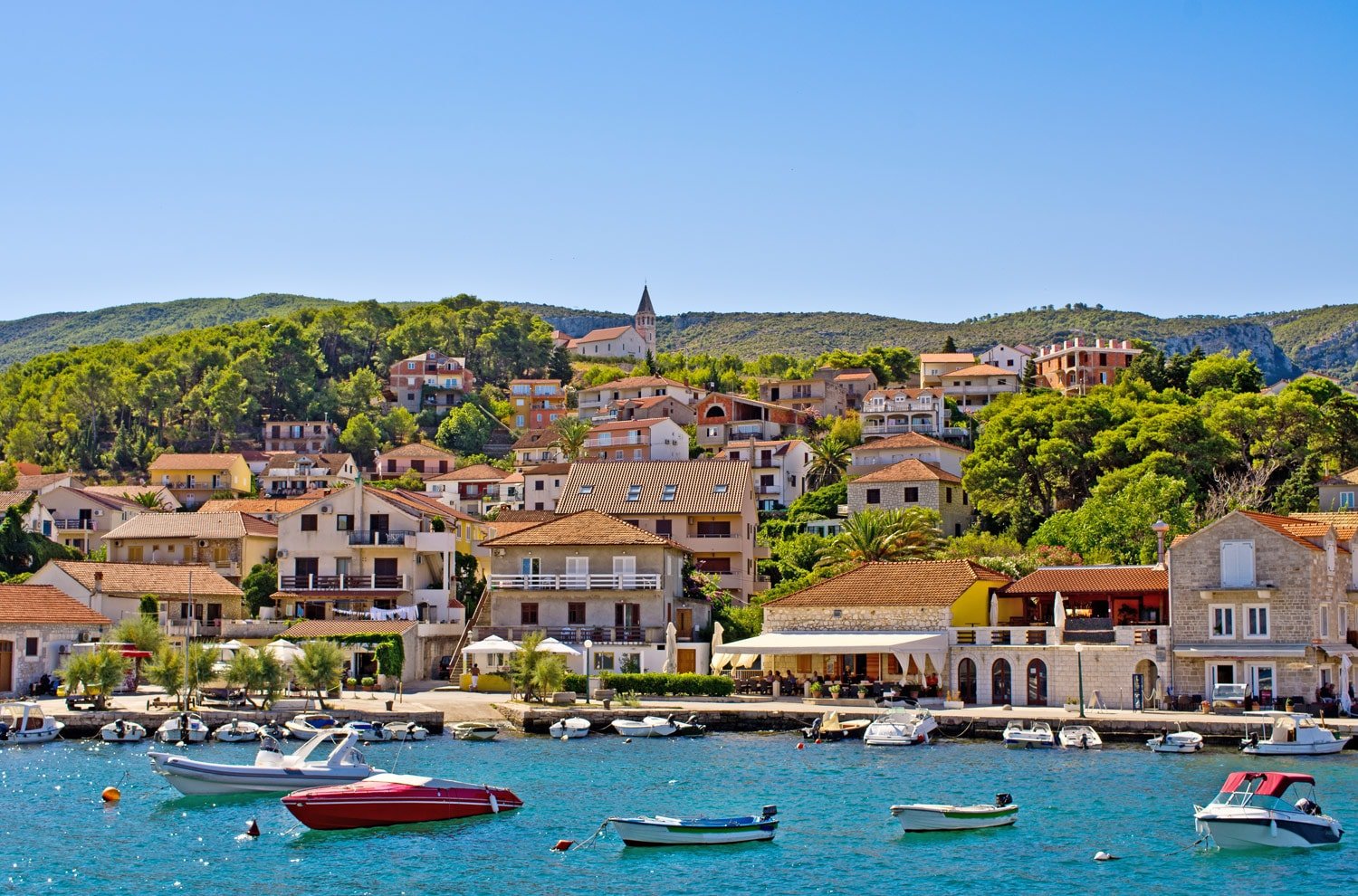
Jelsa is wrapped around a bay with several large hotels on each side; the old town sits at the foot of the harbour.
St Stephen’s Square
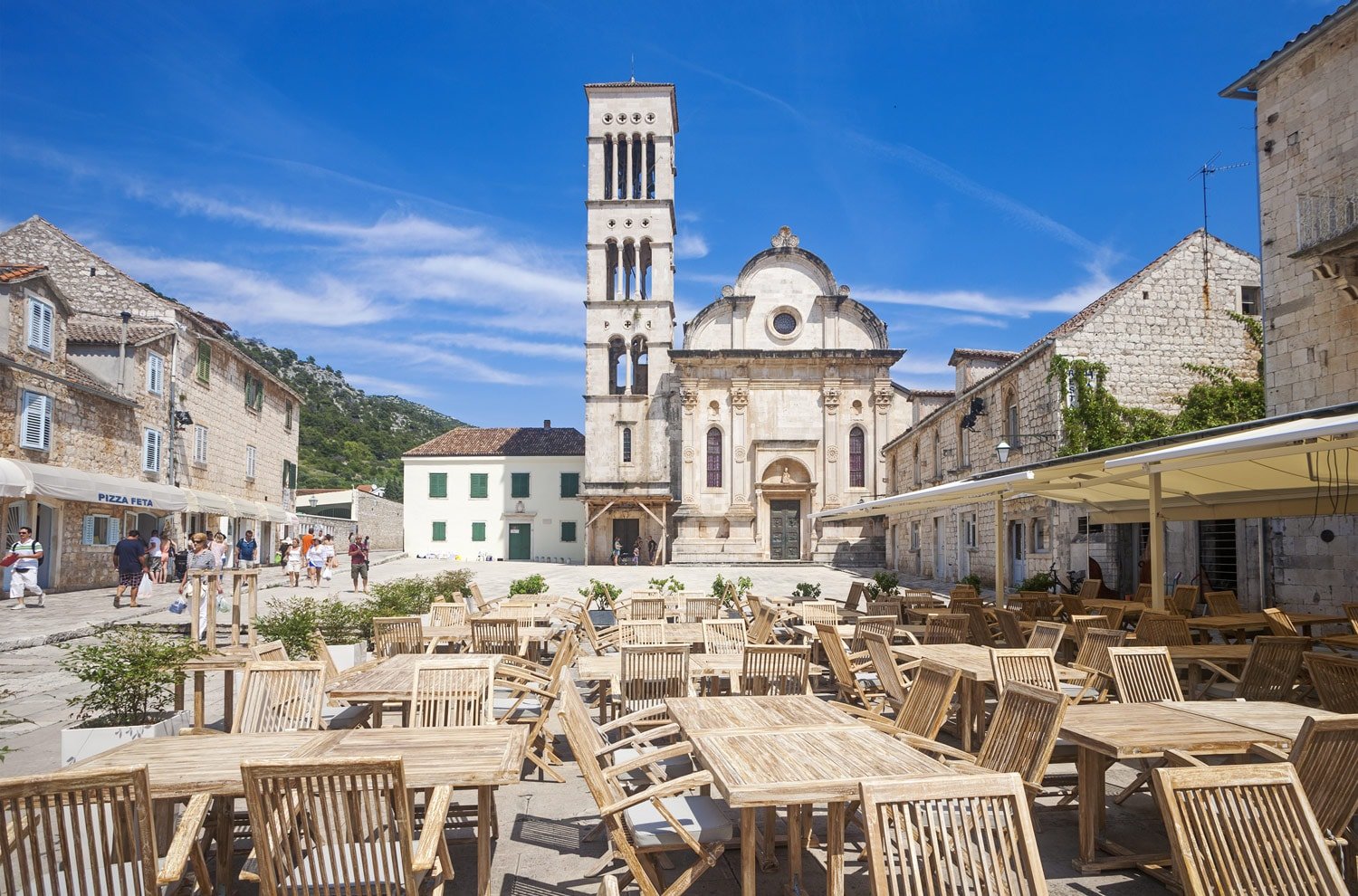
Hvar Fortress
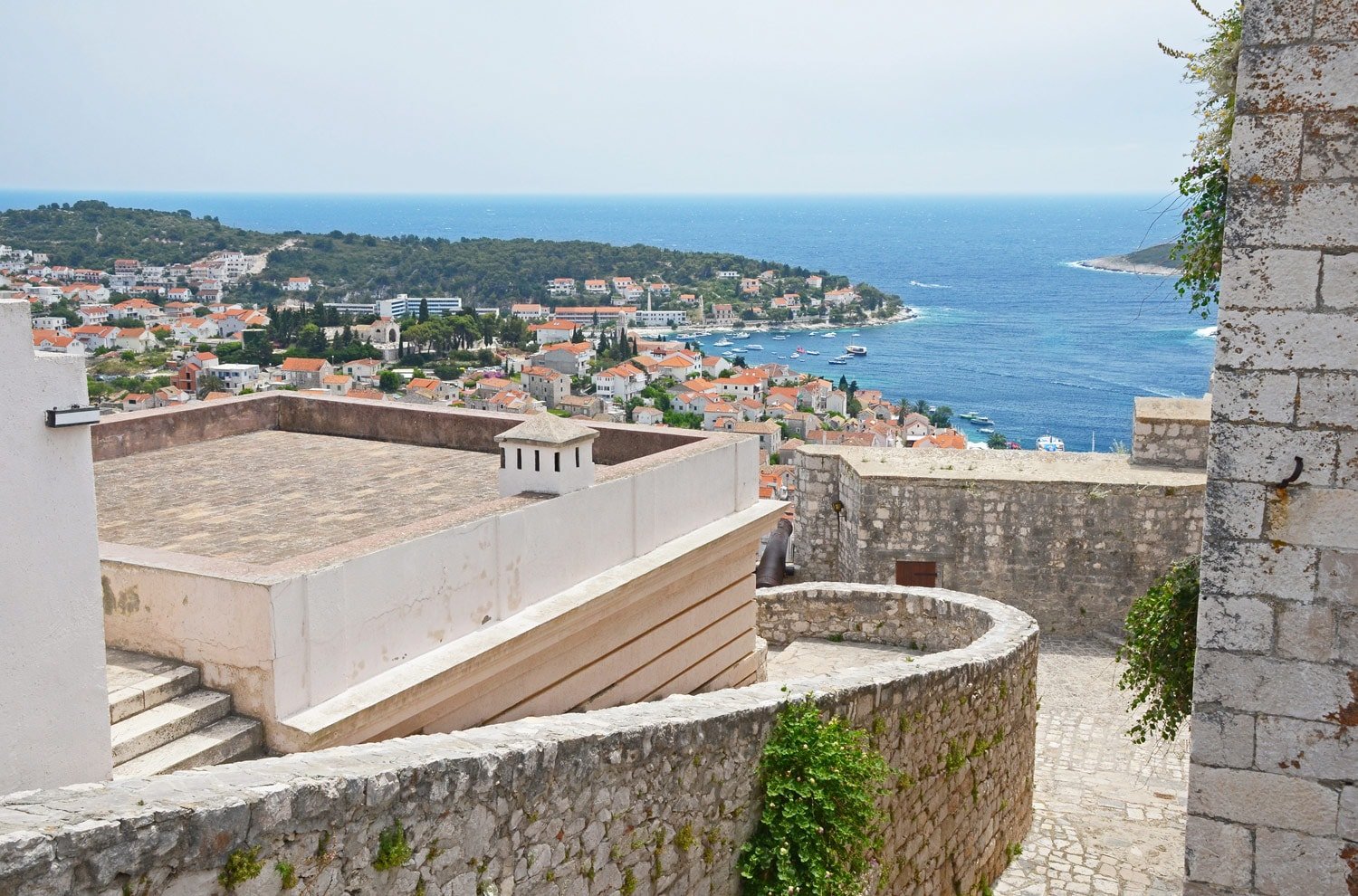
It costs about 20 HRK (or about $4 USD) to enter the fortress. In the summer, you can visit from 8 am till midnight, but by appointment only, the rest of the year. For appointments, call the fort’s office at 021-741-816 and more information.
Brač Island
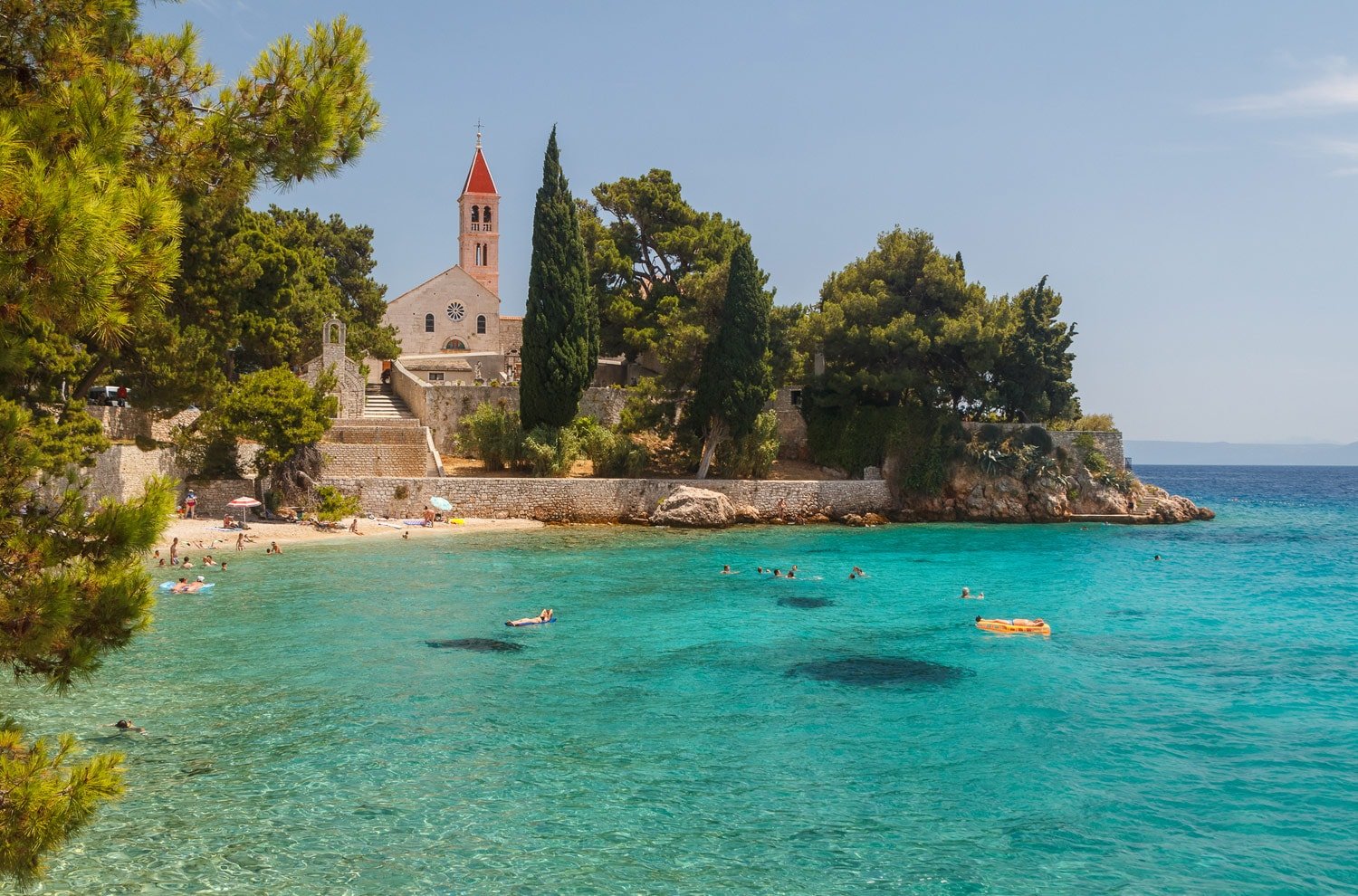
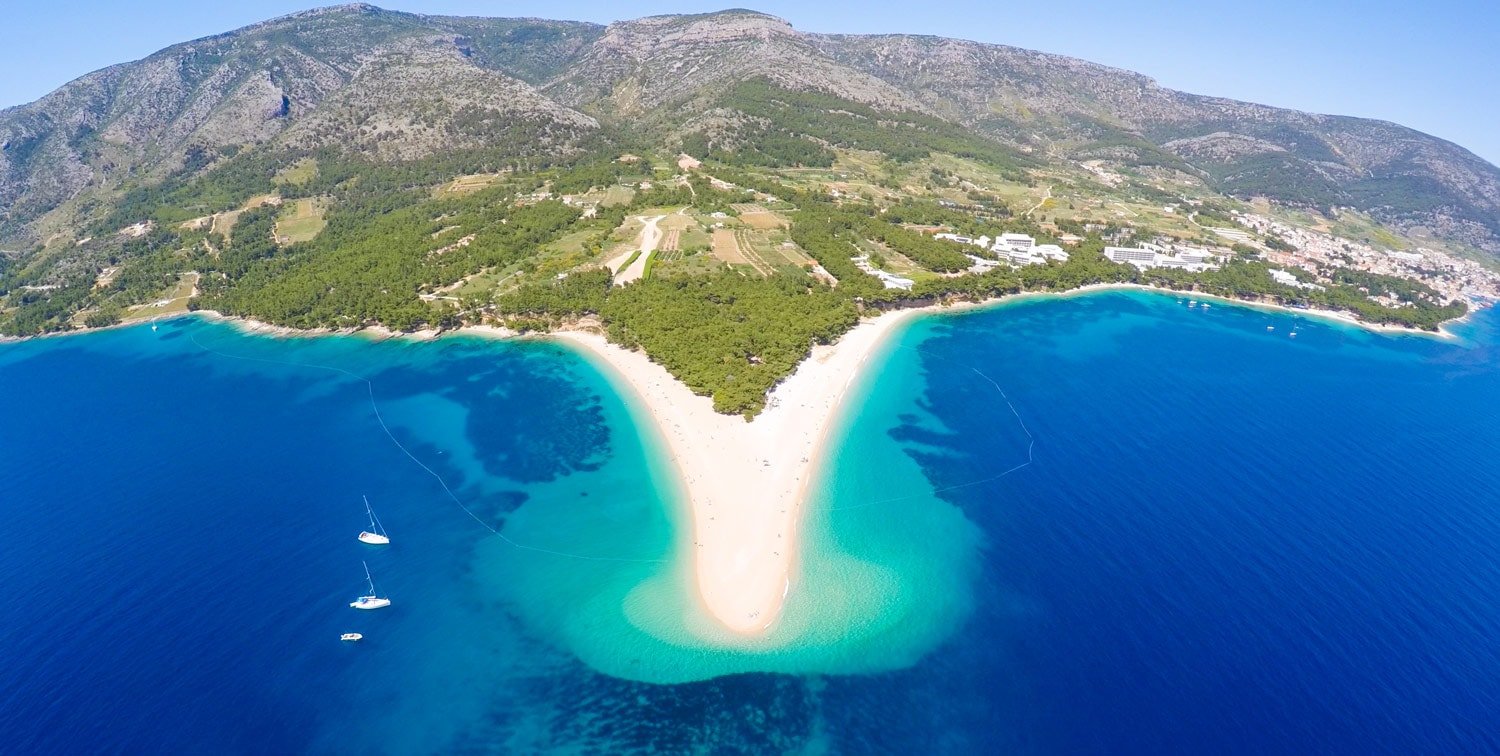
Šolta Island
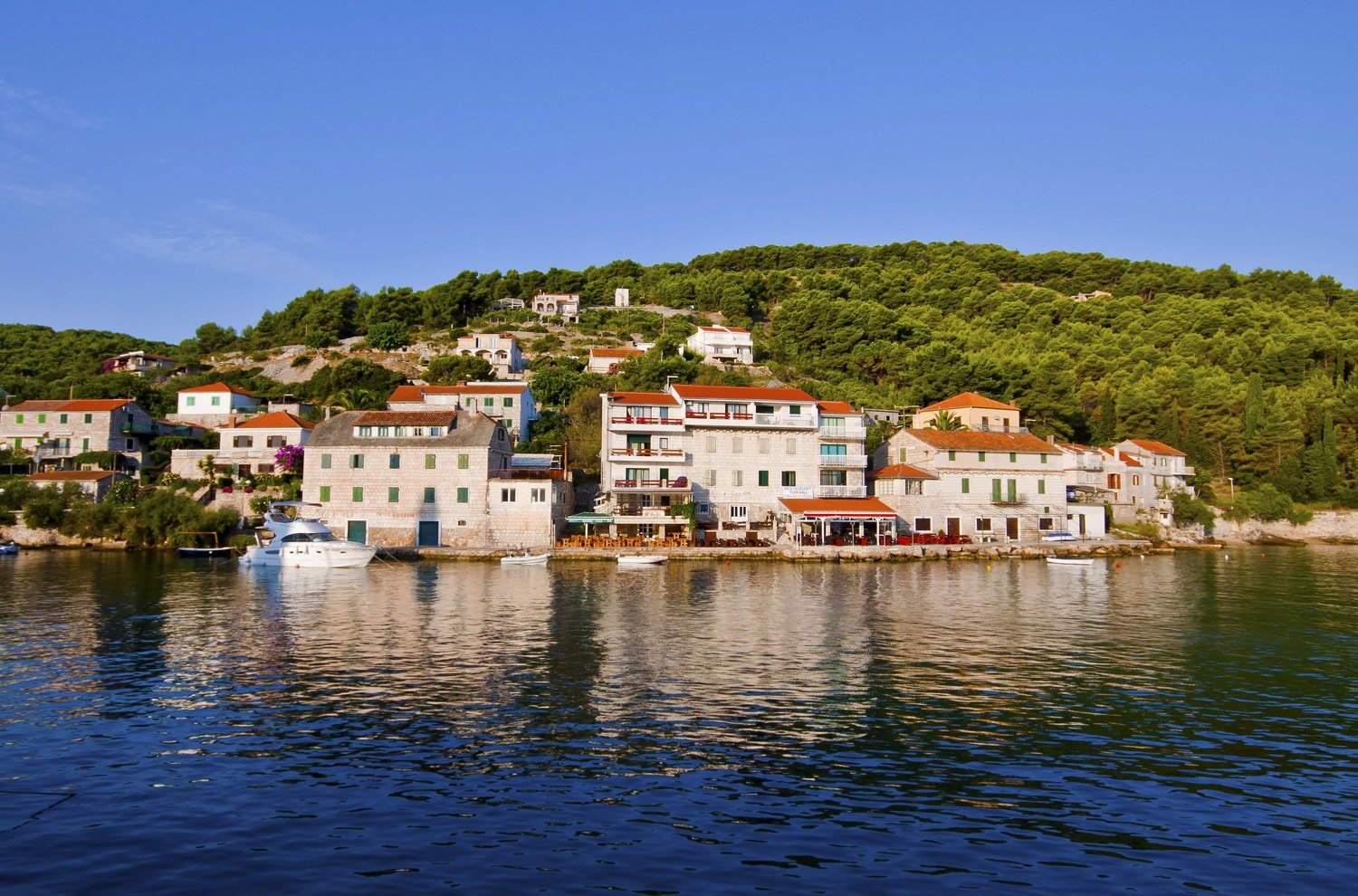
Vis Island
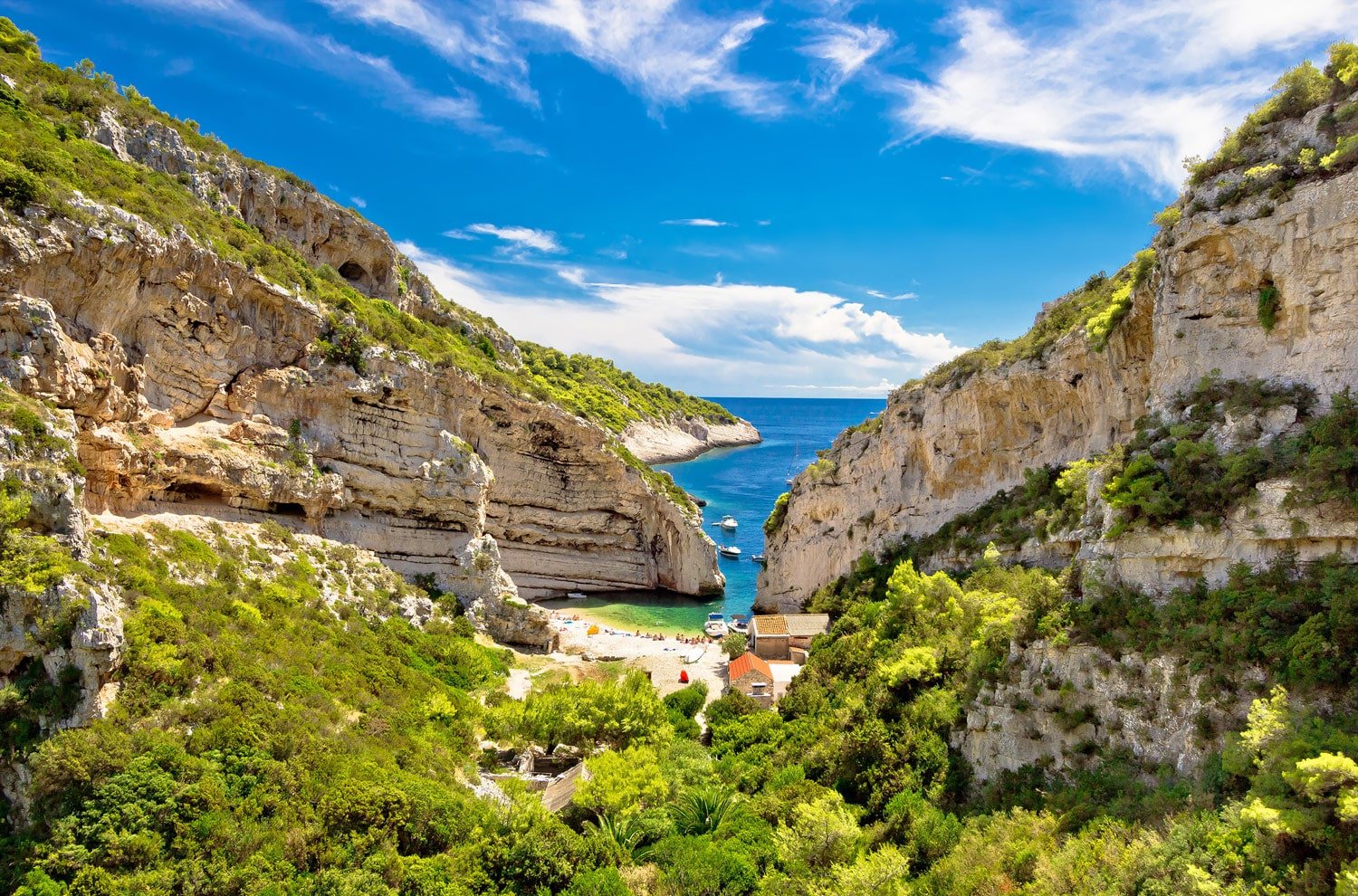
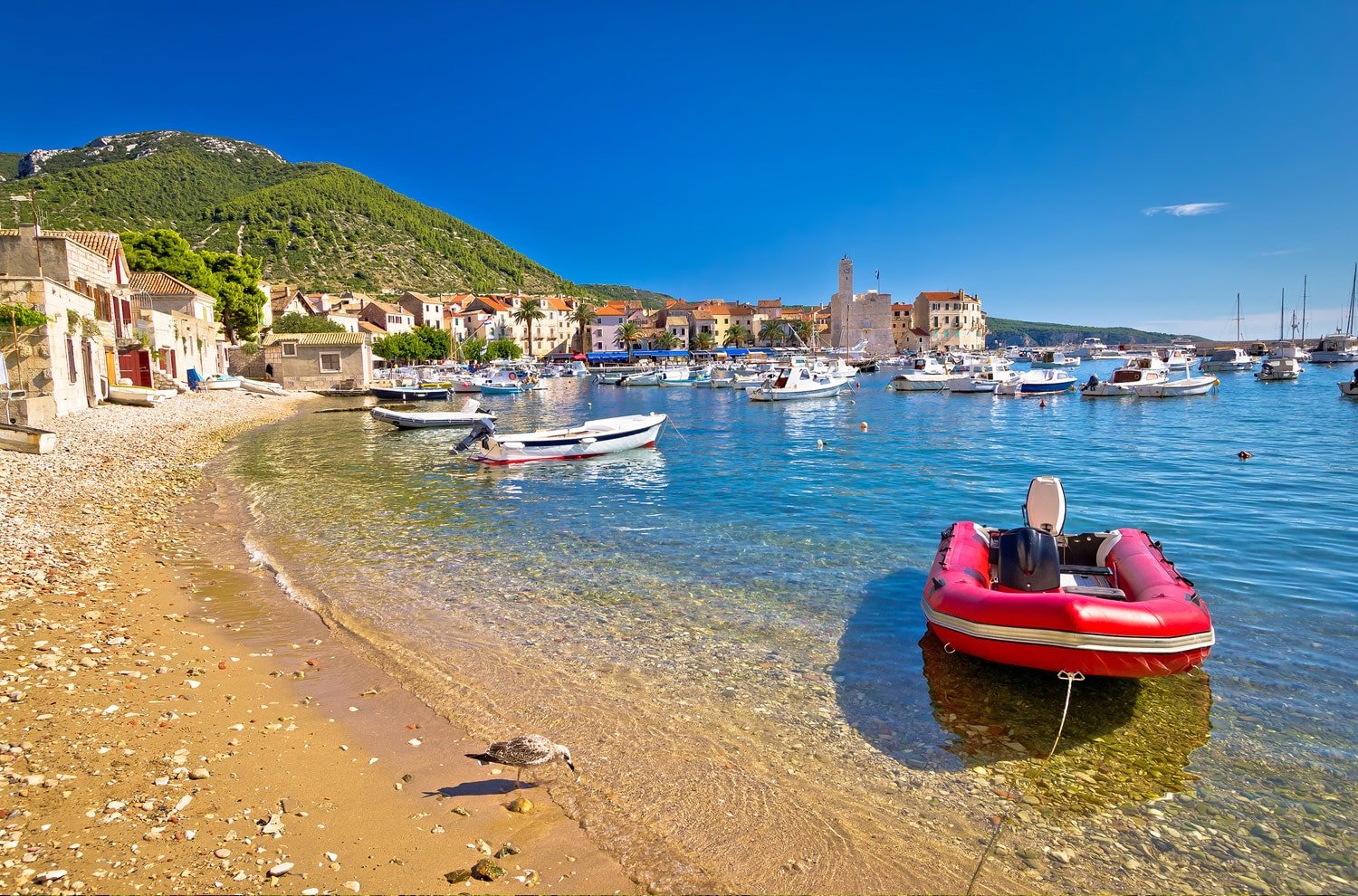
Nacionalni Park Krka (Krka National Park)
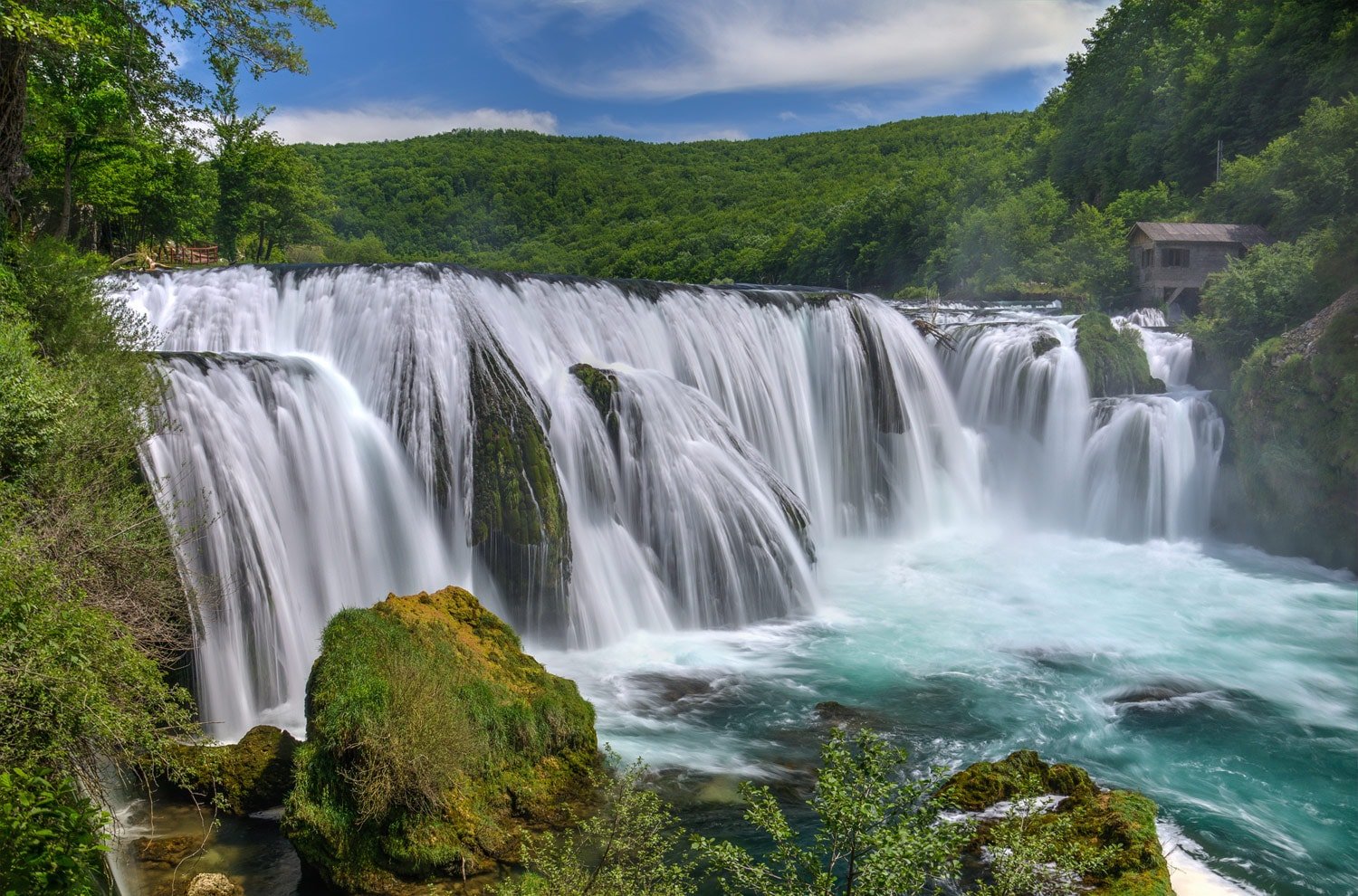

The park offers home to 860 and odd species of plants and 200 bird species. This is evidently the best and treasured ornithological sites in the whole of Europe.

